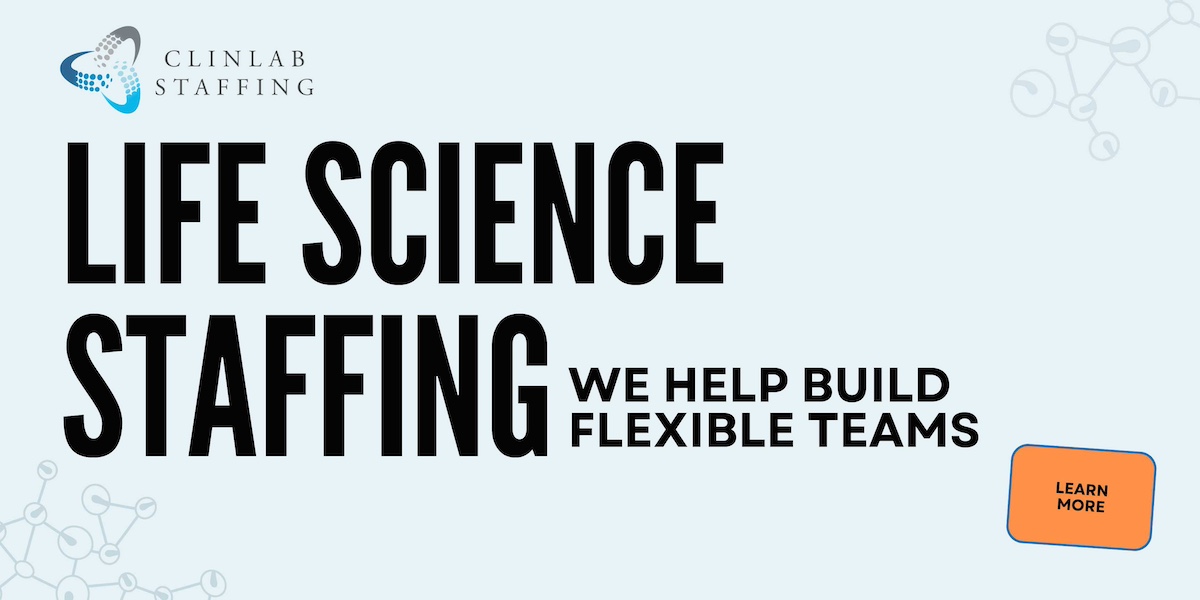Have you considered using a short-term high-performance scientific team to solve your most pressing challenges? Well you are not alone. In today’s market, a temporary team built for agility and specialized expertise can be an incredibly effective solution. These teams can be pivotal in achieving rapid progress and addressing critical needs.
Here’s a guide on how to effectively build and utilize temporary high-performance scientific teams, including where to deploy them, the optimal duration for their use, and what a successful end strategy looks like.
 Use Cases for Temporary Scientific Teams
Use Cases for Temporary Scientific Teams
- Accelerated Research Projects: When you have a tight deadline for a research grant or need to expedite a specific phase of a research project, a temporary team of experts can help you achieve your goals more efficiently.
- Product Development Sprints: For developing or refining a new product, assembling a team with diverse expertise can accelerate the innovation process, ensuring that you stay ahead of the competition.
- Crisis Management: In situations requiring immediate scientific analysis or intervention, such as public health emergencies or environmental disasters, a high-performance team can provide rapid, expert solutions.
- Specialized Testing and Validation: When a project requires specialized testing or validation that your in-house team isn’t equipped to handle, bringing in a temporary team can ensure the work is done accurately and swiftly.
Team Timetable: Determining the Duration of Use
The duration of a temporary team’s deployment depends on the project’s complexity and goals. Here are some general guidelines:
- Short-Term (1-3 months): Ideal for highly focused tasks like preliminary research, rapid prototyping, or urgent problem-solving. These teams are typically assembled quickly and disbanded once the immediate objective is achieved.
- Medium-Term (3-6 months): Suitable for comprehensive projects that require thorough investigation, development, and initial testing. This timeframe allows for more in-depth work and iterative improvements.
- Long-Term (6-12+ months): Used for complex projects requiring sustained effort and significant milestones. These teams can see a project from initial research through to the final stages of development and validation.
Steps to Build and Lead a Temporary High-Performance Team
- Define Clear Objectives: Establish specific goals, deliverables, and timelines for the project. Clear objectives will guide the selection of team members and set the stage for success.
- Identify Required Skills and Expertise: Determine the necessary skills and expertise based on your project objectives. This helps in selecting the right mix of professionals, ensuring all aspects of the project are covered.
- Recruit the Right Talent: Partner with specialized staffing agencies, like ClinLab Staffing, to quickly find and onboard qualified professionals. They can provide access to a pool of pre-screened experts ready to contribute immediately.
- Foster a Collaborative Culture: Encourage open communication and teamwork. Use collaboration tools to facilitate seamless interaction among team members, regardless of their physical location.
- Assign Clear Roles and Responsibilities: Define each team member’s role to prevent overlaps and gaps. Clear responsibilities enhance accountability and streamline project execution.
- Empower Your Team: Grant team members the autonomy to make decisions within their areas of expertise. This empowerment fosters innovation and enhances productivity.
- Monitor Progress and Provide Feedback: Regularly track the project’s progress and provide constructive feedback. Use project management tools to ensure milestones are met and adjust strategies as needed.
- Celebrate Achievements: Acknowledge and celebrate the team’s accomplishments to boost morale and motivation. Recognizing successes keeps the team engaged and focused.
A Successful End Strategy
A well-executed end strategy involves more than just wrapping up the project. It includes:
- Comprehensive Reporting: Document the project outcomes, methodologies, and key findings. This report should be detailed enough to serve as a reference for future work.
- Stakeholder Communication: Communicate the results and any actionable insights to all relevant stakeholders. This ensures that the project’s impact is understood and can be built upon.
- Knowledge Transfer: Plan for and facilitate the transfer of knowledge gained during the project to your permanent team. This can be done through detailed documentation, presentations, and training sessions.
- Evaluation and Feedback: Conduct a thorough evaluation of the team’s performance and the project’s outcomes. Gather feedback from team members and stakeholders to identify areas of improvement for future projects.
Temporary high-performance scientific teams are invaluable for addressing specific, short-term needs with precision and expertise. By understanding where to deploy these teams, optimizing their duration, and planning a solid end strategy, you can achieve significant progress and maintain momentum in your scientific planning.
Need expert help in building your temporary scientific team? ClinLab Staffing specializes in providing top-tier scientific talent for temporary projects. Partner with ClinLab Staffing to ensure you have the right professionals to drive your projects to success. Contact us today to learn how they can help you build a high-performance team tailored to your needs.

